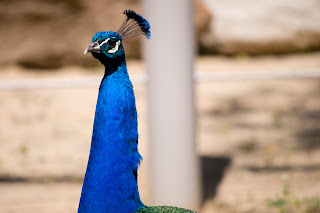While spending the whole semester shooting nature photography I really started to appreciate the up close beauty of nature. This project follows the theme of getting up close with nature, trying to focus on details and unique perspectives that is not always captured or appreciated through the naked eye. One can certainly truly appreciate the beauty of nature through traditional scenic shots, but I like to get really close to things and show everything that is beautiful, magnificent, unique, etc... on its own.
This project is supposed to help the viewer focus on one thing per photograph, instead of overwhelming the viewer with a wide angle scenic shot, in these photos I have isolated the subject by getting close to it and allowing it to fill most of the frame.
I also tried to get unique angles of the subject. While photographing I was often crouched down in often slightly painful and uncomfortable positions to get the angles I wanted. I did not want to take the typical downward facing photograph of things, I wanted to mix it up, force the viewer to imagine and think about the context of these photographs. From immersing myself into a plot of tulips, to laying down next to a stream, to crawling in the mud, I did whatever it took to get interesting angles for all of my photographs.
The purpose of this project is to get the viewer to realize that nature is not always what is right in front of you. Nature is not just beautiful HDR scenes of mountains and valleys. Nature is crawling in the mud, and there is so much unique beauty around us all the time, but you have to search for it. You have to tilt your head at a 45 degree angle to see the beauty sometimes, you have to get in uncomfortable positions sometimes, but when you take the time you can find that there are so many extraordinary visions that are so often ignored or missed.
I want people to be inspired to look more closely at nature, and to find new perspective in seemingly normal things. I want people to be inspired to not ignore the beauty that can be seen when you are not afraid to get a little muddy.






















































